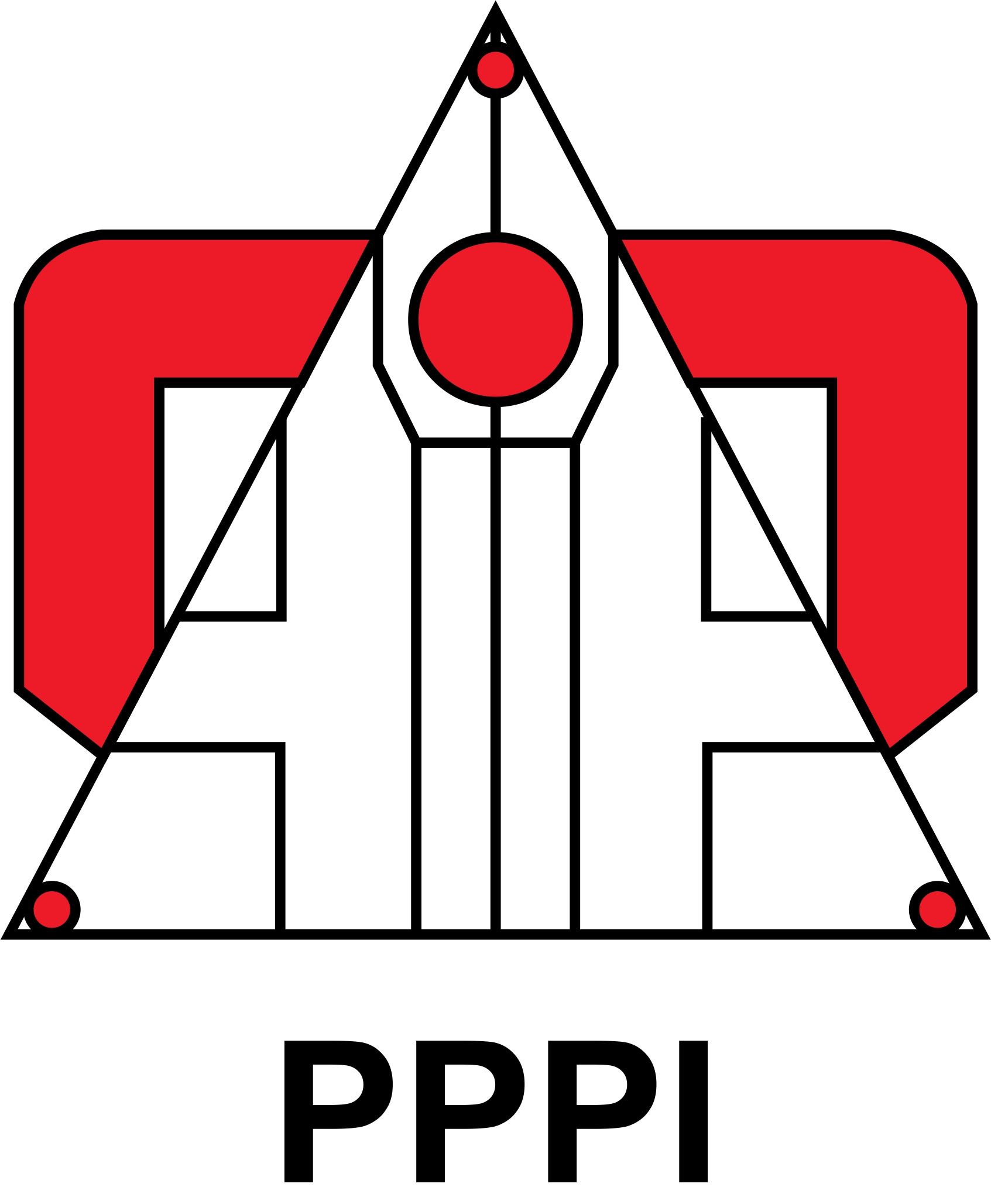Study of Domestic Water Mix
DOI:
https://doi.org/10.36574/jpp.v1i1.7Keywords:
Water Mix, Domestic WaterAbstract
In the RPJMN 2015-2019, the domestic water mix is mentioned as an effort to optimize the various alternative domestic water sources available for the purpose of water utilization, including secondary water uses and water reclaiming. The domestic water mix in the RPJMN is part of the policy direction and strategy to build water security, complementing water-saving, water-saving, and water-keeping strategies. This concept is quite close to the term Integrated Urban Water Management (IUWM) and Water Sensitive Urban Design (WSUD) that some countries have developed. If the domestic water mix attempts to optimize the various alternatives of domestic water sources available then IUWM is a holistic approach to the competition of water use within a region. The domestic water mix is a new paradigm of water supply system by utilizing closed loop system, integrating the existing practice of conventional drinking water supply system by optimizing the potential of water source which has not been utilized yet. This paradigm first appeared in government planning documents, but the application has been done by stakeholders although still partially. This study aims to determine the condition of existing water treatment, best practices, and technological innovations that have been developed in support of the water mix system. The methods include the determination of hypotheses, secondary data collection, field survey, and evaluation, and look for alternative solutions. Lessons learned from the locations visited show the potential for utilizing the domestic water mix that can be done on an environmental, household, and area scales. All initiatives found in the field require support from the government, in the form of advocacy, facilitation, and policy interventions. Technical, socio-economic, financial and environmental and health aspects challenge the implementation of this new paradigm. A more in-depth study needs to be done to see the water mix optimization options at each coverage scale and analyze the aspects to consider before new paradigm applications are implemented. The follow-up study needs to be done with longer time and better funding to conduct a comprehensive pilot, deep analysis and assessment on a more grounded ground-level implementation.
Downloads
Downloads
Published
How to Cite
Issue
Section
License
This is an open-access article distributed under the terms of the Creative Commons Attribution-NonCommercial-ShareAlike 4.0 International License. Copyright © Kementerian PPN/Bappenas RI


















